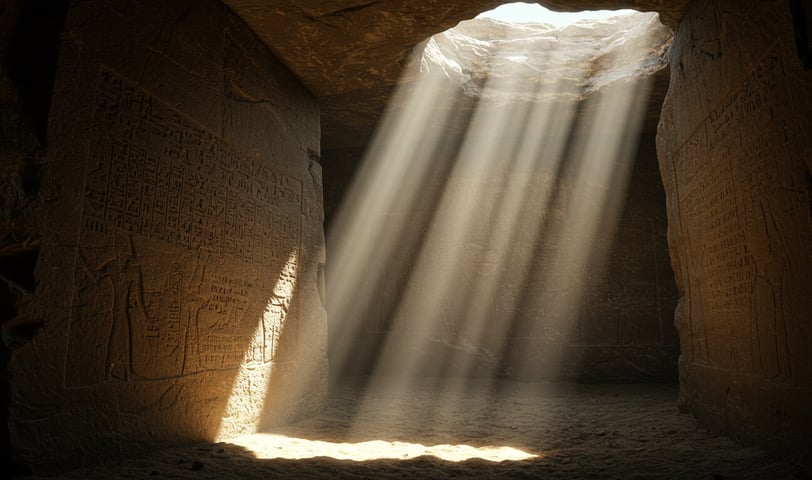
Exploring the 49 Days of Bardo: A Spiritual Journey Awaits
5/8/20242 분 읽기


The Tibetan Book of the Dead: A Guide Through the Intermediate State
The Tibetan Book of the Dead, also known as the Bardo Thodol, is a sacred text of Tibetan Buddhism that guides the deceased through the intermediate state between death and rebirth. This ancient text, attributed to the 8th-century mystic Padmasambhava, is designed to be read aloud to the deceased, helping them navigate the complex and often frightening experiences of the afterlife.
Origins and Purpose
The Tibetan Book of the Dead was created to assist the soul in achieving liberation from the cycle of life, death, and rebirth. It is part of a larger corpus of teachings known as the Profound Dharma of Self-Liberation through the Intention of the Peaceful and Wrathful Ones. The text was hidden away by Padmasambhava and later discovered by Karma Lingpa in the 14th century. It was first translated into English by Walter Evans-Wentz in 1927 and has since become a widely recognized classic of world literature.
The Intermediate State
The text describes three main intermediate states or bardos:
Chikhai Bardo: The moment of death, where the deceased encounters the clear light of reality.
Chönyi Bardo: The intermediate state where peaceful and wrathful deities appear, symbolizing the deceased's karma.
Sidpa Bardo: The stage where the deceased is drawn toward rebirth, influenced by their past actions.
Guidance and Liberation
The Tibetan Book of the Dead provides guidance to help the deceased recognize these visions as manifestations of their own mind and karma. By understanding and acknowledging these experiences, the deceased can achieve liberation from the cycle of rebirth or choose a favorable rebirth. The text emphasizes the importance of mindfulness and Buddhist teachings in achieving this liberation.
Cultural Significance
Beyond its religious significance, the Tibetan Book of the Dead offers a profound philosophical perspective on life and death, resonating with both Buddhists and non-Buddhists alike. It treats death not as an end but as an opportunity for spiritual growth and transformation. Today, the text is used not only in Buddhist rituals but also as a source of comfort and guidance for those facing death or grieving. Whether you approach the Tibetan Book of the Dead from a spiritual or secular perspective, it offers a compelling exploration of the human experience of mortality and the potential for personal transformation.
Explore the journey through life and death.
Subscribe
© 2025. All rights reserved. KDentertainmentinc
